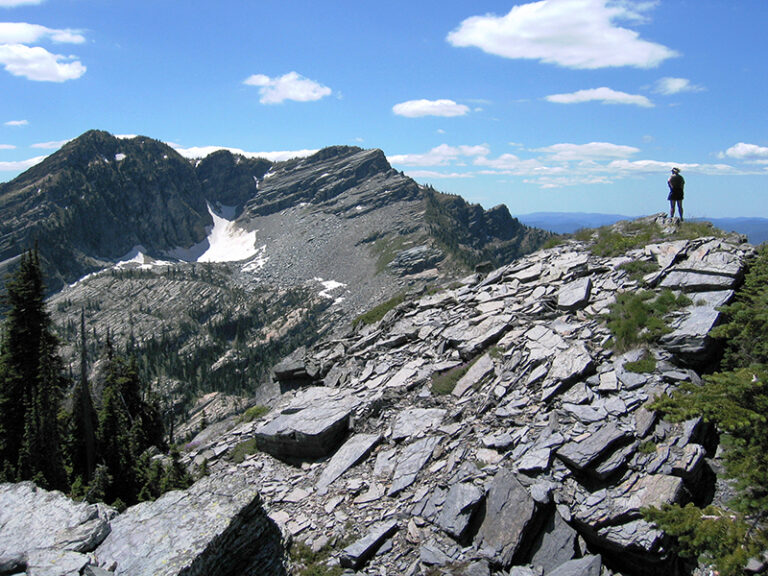Fresh-Air Parenting, coined by outdoor writer Katie Arnold in a May 2015 “Outside Magazine” article, asserts that “Letting [children] embrace freedom involves a fair amount of hovering,” and lies along the spectrum between helicopter parenting and free-range parenting.
Fresh-air parenting wavers in the middle of these two extremes – somewhat free-range but hovering as needed to guide, teach, and protect from harm. In my family, this is what it looks like: I hover close on the alpine ski runs, but this past season, with my son nearing age 7, he was allowed to ride the bunny-hill chairlift by himself to meet-up with his dad. My kids climb our magnolia tree, but not our fence. They can never, ever bike, ski, scooter or skateboard without wearing a properly-fitted helmet. Usually I’m outside with them when they’re riding bikes, but sometimes I have jobs to do inside, like cook dinner. In public, as long as they use the buddy system and stay together, I let them walk without me to the restrooms, if it’s a store we know well.
Fresh Air Parenting in Practice
Here are some ways to practice more fresh-air parenting this summer. These adventures allow my children to challenge their bodies and psyches in new ways and further develop confidence and grit.
- Climbing trees. Our family rules are: climb only on branches strong enough to support your weight, and climb only as high as you can safely climb down. Like all outdoor activities, pay attention to what you’re doing (I read somewhere that it’s better to remind a child to “Pay attention” rather than chide with the fear-based phrase, “Be careful.”)
- Playing outside unsupervised. You choose the time and place. My kids are now in the 6-7 age range, so for our family this means playing in our backyard and front-yard with conditions: plastic “green guy” with “slow” sign and holding neon orange flag is out by the street; they wear helmets whenever biking or scootering, look both ways before entering the road, and don’t go farther than two-houses down.
- Riding or hiking ahead on the trail. As long as kids stay on the trail, they can’t get lost (hopefully). Let your son pedal ahead and come back to you. Let your daughter venture around the corner to experience the silence and solace of the forest. This is an easy way for children to build confidence and skills of responsibility and independence on trails that don’t pose significant dangers (like cliffs, bears, cougars, rattlesnakes, etc.)
- Jumping into the deep-end. Whether in a pool or lake, jumping off a dock or off the bow of a boat, let kids leap and relish that cold splash. Let them swim around the boat. Whether they can swim independently or must still wear a PFD (required for boating for all children age 12 and younger), let them feel adventurous. Look for opportunities for them to practice bravery – doing something even though it’s scary. This is different for every kid. “Deep-end” can also be a metaphor – what is something your child has been too timid to try? Ziplining? Waterskiing? River tubing? How about doing that together this summer? If you’re not willing to try something, don’t expect your child to do it.
- Venturing away and coming back (in groups of two or more) – and venture solo when old enough (10-12 and older). Perhaps geared with a cell phone or 2-way radio, or no communication device at all, let children venture beyond the “home borders.” My personal example is that, when camping, my children are allowed to bike the looped-road, as long as they make visual eye contact and/or otherwise “check-in” with a parent every time they pass by, and my two kids must stay together. Campgrounds generally have a 5 mph speed limit, and the best campground communities have watchful eyes of other parents, grandparents and all-around good people to create a safe, caring “village” atmosphere.
- Daring greatly. Let your kids do it. Do it together. This means different things for different ages and abilities, as well as your own family lifestyle and comfort level. For McCaffrees, daring activities include: biking at night in Central Oregon with bats flying into the sides of our helmets, skiing an unlit intermediate run after dark (with a headlamp), and tubing upper sections of the North Fork of the Coeur d’Alene River. //
[Feature Photo by Amy McCaffree]













